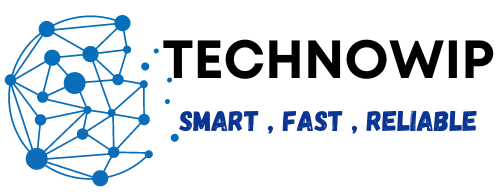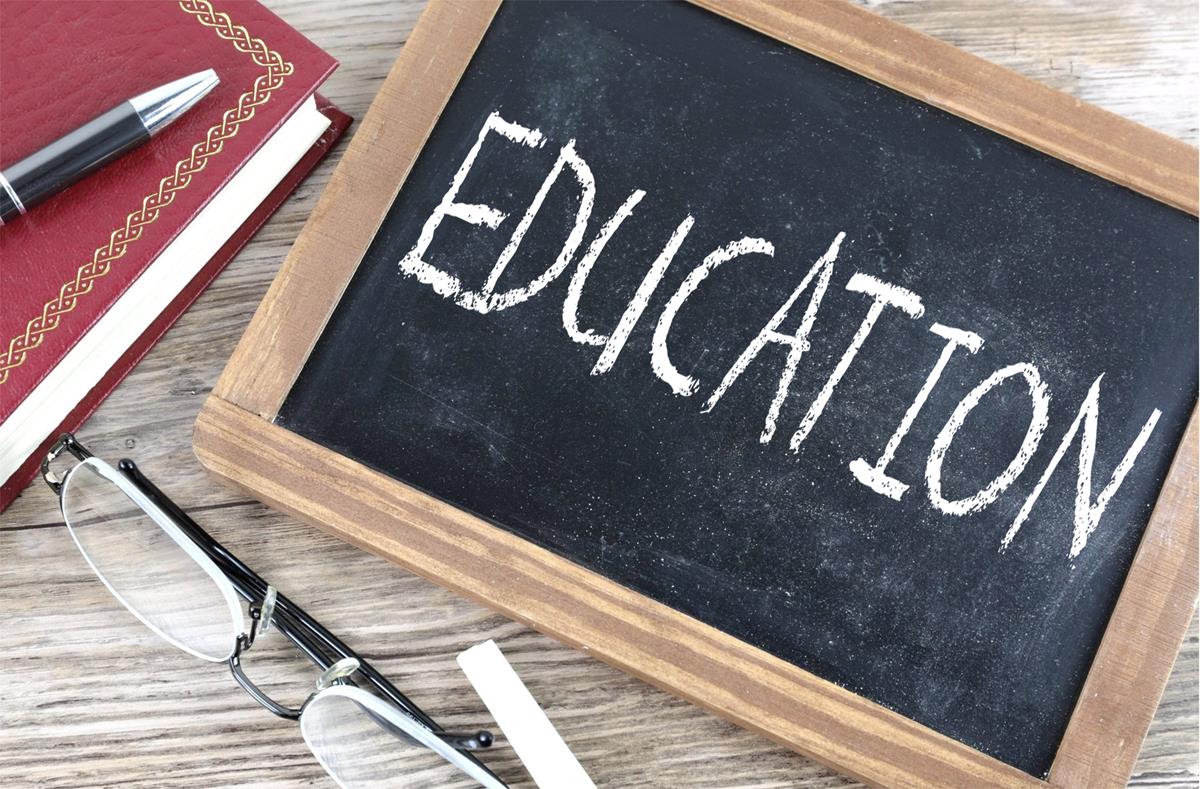Introduction
Artificial Intelligence is making waves across many sectors. Education is not an exception. disadvantages of ai in education is explained here. AI is being hailed as an innovative force in classrooms, thanks to the growth of digital tools. Teachers use AI platforms to enhance engagement, personalize student learning, and automate administrative duties. AI has its drawbacks. These must be considered, as with any powerful tool. This blog will outline the main disadvantages that AI has in educational settings, supported by case studies, facts, and my observations. You’ll learn more about the challenges that AI poses in education as we explore this topic.
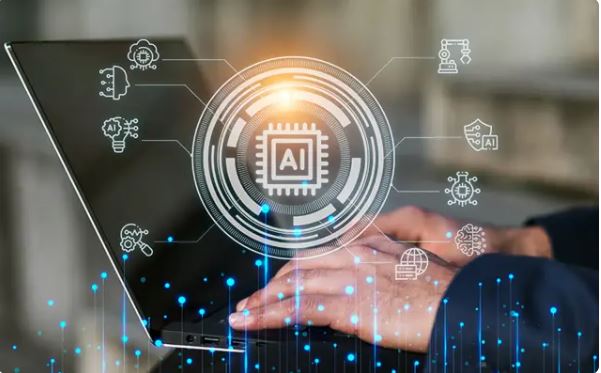
Learning without Human Touch
AI is a great tool for education, but it lacks a personal touch. It’s not just about learning information but also about making connections, asking complex questions, and understanding emotions. Teachers provide more than just knowledge; they also offer empathy and emotional support. AI can’t replace this human touch.
Case Study on the Limitations of AI Assistant Teachers
Students often feel disconnected in schools that use AI-powered assistants. According to a study by the University of California, AI-driven chatbots fail to engage students and lead to lower retention emotionally. Students who had a human teacher interact with them showed higher satisfaction levels and greater understanding.
Bias of AI Algorithms
The data used to train AI is only as good and accurate as it was when the system was first created. The AI system will reflect any bias in the data. AI can reinforce stereotypes in the education sector, and this could lead to discrimination.
Case Study on Bias of Grading Systems
A study conducted in 2019 found that the AI system for evaluating student essays was biased against students who were not native English speakers. Incorrect assessments were made because students with good ideas but poor writing abilities were penalized unfairly. Human teachers were able to give more fair and balanced assessments when they graded similar essays. This case shows the dangers of using AI to make subjective decisions in fields where they are essential.
Technology Over Reliance
AI is a great tool for improving education, but it can also be abused. Teachers and students who rely too much on AI tools may lose out on opportunities for critical thinking, creative problem-solving, and creativity.
Case Study: AI Tutoring Systems and Their Downside
In a 2020 Journal of Educational Psychology study, it was found that long-term AI tutoring led to fewer improvements in critical thinking than traditional methods of teaching. While AI may provide fast answers, deep learning is not always encouraged.
Other workers are replacing teachers
AI’s potential to replace teachers is another significant downside of its introduction in education; although AI was intended as a support to educators, it could easily replace them altogether in some situations through automation of tasks like administrative work, grading, and teaching that could result in job loss for educators themselves.
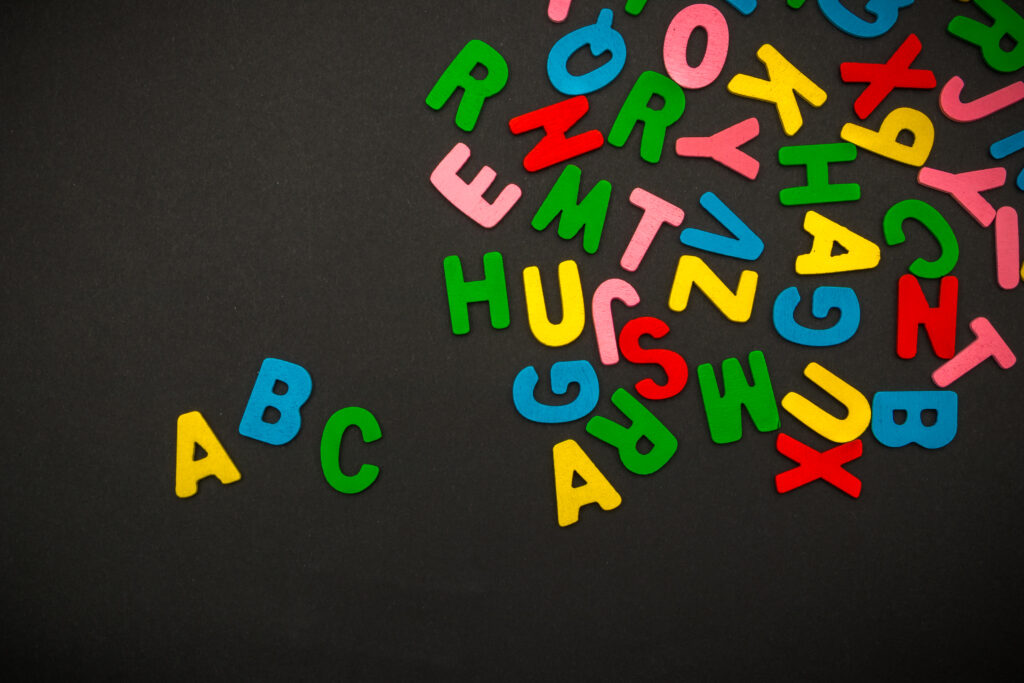
AI and Classrooms: Reducing the Teacher’s Role
A 2021 report by the OECD revealed that AI in the classroom could cut the administrative staff requirement by up to 30%. The report warns that while the goal is to give teachers more time, such advancements in technology could result in job loss for those who are not able to adjust quickly to changing environments.
Information Privacy and Data Security Issues
Data privacy and data security are becoming more and more important as AI systems collect and analyze massive quantities of data from students. Schools and educational institutions must protect student data from being compromised.
Case Study: Data Breach in Educational AI Platforms
Hackers in 2020 exposed thousands of students’ information stored on an AI platform used by many educational institutions, from personal details to academic records, raising serious concerns over its security. The event demonstrated the dangers associated with misused data as well as emphasizing its vital importance within education institutions using AI solutions.
Unequal Access to AI Tools
The digital divide is another disadvantage. Digital divide: Not all students are able to access the most recent technology. In areas with limited internet access and computers, some students will be left behind.
Case Study: Access to AI in Rural Areas.
In a study from 2021, it was revealed that students living in rural areas of developing countries had limited access to AI. The gap between rural and urban students in terms of access to AI tools can exacerbate existing educational inequalities. While students in urban areas with advanced digital infrastructure benefit from AI-driven personalized learning, those in rural regions struggle to gain basic internet access and computer use. The digital divide makes it even more difficult to make education truly equal.
AI can’t fully understand human emotions
AI can analyze data, recognize patterns and understand some human emotions. But it is not able to do so as well as a teacher. Stress, anxiety, and other emotions can affect a child’s learning ability. AI is a machine and cannot understand these feelings.
AI Case Study: AI Response to Students’ Emotional Stress
Researchers at the University of Cambridge examined AI systems that were designed to identify student distress using facial expressions or text inputs. The researchers found that while AI systems could recognize certain emotional cues and provide responses when appropriate, they often did not. Teachers could recognize distress, but they also offered comfort and guidance to students, which was crucial for their well-being.

AI-Based Education Misses Something, I Think
My experience has shown me that AI can be an excellent learning resource; however, there is always the sense that something’s missing; students may miss the intangible aspects of education that make an experience unique to each learner, such as nuanced understanding or human interactions.
AI Can undermine creativity and critical thinking.
AI can be an extremely helpful resource in aiding student’s quick answers and instant feedback. However, AI could also limit creativity. However, AI can also be a barrier to creativity. Students may be tempted to use AI as a solution, which can stop them from exploring and solving problems independently. AI cannot replace the learning that comes from trial-and-error, and which leads to many innovative ideas.
Personalized Learning Might Not Always Be Effective
AI is capable of providing personalized learning, but it may not be able to adapt perfectly to the changing needs of a student. Sometimes, the algorithms misinterpret learning styles or student progress. This can result in an unproductive learning experience. In practice, what looks personalized on paper may not be the best option.
The cost of AI implementation and maintenance is high.
Another downside of AI integration in schools is the financial side. The initial investment may appear manageable, but the longer-term costs can become a heavy burden. The cost of maintenance, updating, and training your staff on how to use AI effectively is high.
Case Study on the Costs of AI Adoption for Schools
McKinsey & Company’s 2020 study revealed that, depending on scale, the cost to implement an AI-based system of learning in a school can range between $100,000 and $500,000 per year. The financial burden could be a strain on budgets that are already tight, particularly in schools with limited funding.
Absence of regulation and oversight
AI is a newer field in the education sector, with little regulation. The AI systems can be misused or developed in ways harmful to children without proper oversight.
AI Misuse in Education Systems
In 2019, The National Education Association raised concerns over AI tool use without appropriate regulatory standards in some educational platforms, particularly AI tools which have collected too much student data without sufficient oversight, leading to privacy and ethical concerns as a result of data gathering capabilities that outshone any privacy considerations and guidelines; incidents such as these demonstrate why clear AI regulations must exist within educational settings.
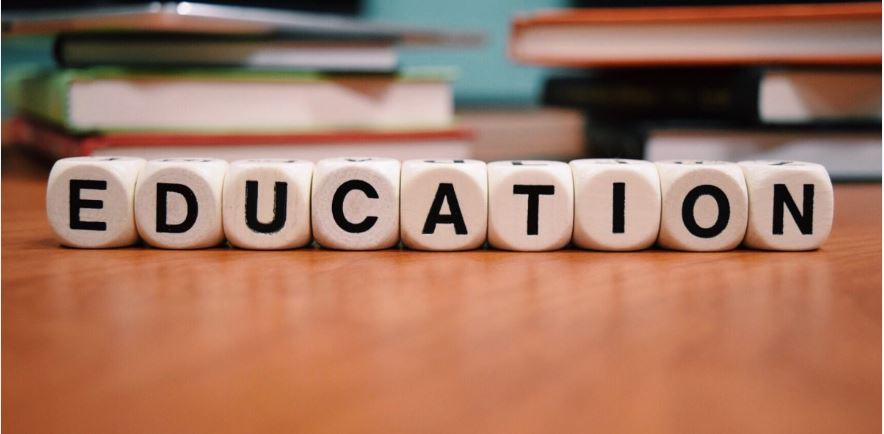
Conclusion
Artificial Intelligence can transform education; yet its downsides should also be recognized. AI presents many difficulties for educational systems ranging from algorithm biases, job displacement issues and emotional misinterpretations issues to privacy considerations which add an additional level of complexity. We must not forget the essential aspects of learning and teaching that can’t be replicated by technology as we adopt AI for education. To be truly useful in education, AI should not replace the human factors that make learning meaningful but rather complement them.
A balanced approach is key. AI can be used to improve education, but we must keep teachers on the front line, providing the creativity and emotional support that AI simply cannot.
FAQs
What are some of the major disadvantages of using AI for education?
Data privacy issues, lack of access to AI, the inability to comprehend human emotions and creativity, as well as its negative impact on critical thinking and creativity are some of the main drawbacks.
AI can replace all teachers completely in a classroom?
AI can’t replace all teachers. Teachers provide emotional support and mentorship that AI cannot duplicate. The educational process cannot function without human interaction.
What is the impact of AI on education?
AI systems are susceptible to biases inherited from data that they have been trained with. AI-based grading can unfairly punish students with different backgrounds or those who have language barriers. This leads to biased assessments. This bias can lead to inequalities within the classroom.
How can AI affect the teaching profession?
AI could automate some teaching tasks, such as administrative and grading work. This would reduce the need for administrative and teaching staff. Human teachers are still needed to provide emotional support, mentoring, and problem solving.
What is the impact of AI on student creativity and critical thought?
AI may hinder the ability of students to solve problems independently and think critically as they become too reliant upon AI. When students receive instant solutions instead of being encouraged to explore and think for themselves, their creativity can be suppressed.
Is AI in education expensive?
Maintaining and implementing AI systems are indeed expensive. The schools must make investments in AI software, updates and training for staff. The long-term commitment to finance can also strain the budget, especially in institutions with low funding.
What privacy issues arise with AI?
AI systems collect and process vast quantities of student data, prompting concerns over its security and privacy. If there are no safeguards in place, student data may be exposed to misuse or breaches.
Is it possible to understand the emotions of students and react appropriately?
Artificial Intelligence can understand certain emotional cues such as tone of voice or facial expressions but cannot fully grasp emotions. Teachers can, however, recognize emotional distress and provide personalized support with empathy. AI is unable to do this.
How does AI affect students living in low-income or rural communities?
AI may exacerbate inequality since students from rural communities or those with low incomes have less access to technology and connectivity. The digital divide may put them at a competitive disadvantage to those in technologically more advanced areas.
What can be done to ensure that AI in the classroom is responsibly used?
Regulation and supervision are vital to ensure AI is being used responsibly. In order to ensure that AI is used ethically and with respect for privacy, guidelines should be developed. AI must complement teachers, not replace them. This will maintain the essential human element of education.
